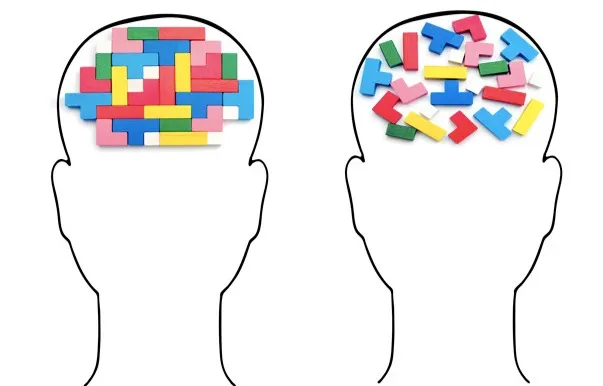Inside therapy is an umbrella term used to describe a group of different therapy techniques that have similar characteristics in theory and thoughts.
When a conflict develops between personal needs and his drives and the person remains unable to understand this conflict and disordered behaviour, thoughts and emotions are reflected.

There are three levels of the brain:
-
Id-need
-
Ego- manages Id and Super Ego
-
Super Ego – values & teaching morals ( cultural & social norms)
This therapy aims to help an individual discover the reasons and motivations for his behaviour, feelings, and thinking.
The various types of Insight therapy –
-
Psychoanalysis therapy
-
Humanistic and existential therapy
-
Person-centred therapy
-
Gestalt therapy
1. Psychoanalysis therapy –
Initiated by Sigmund Freud, who stated that psychopathology is the result of unconscious conflicts within a person.
Psychoanalytic therapy tries to remove the earlier expressions and helps the patient to resolve their childhood conflicts through reality.
The childhood expression has prevented the ego from going. When the conflict is phased and resolved, the ego can be re-entered into a healthy growth pattern.
There are various methods –
-
Free association
-
Dream analysis
-
Transference
-
Examination of defence mechanisms
2. Humanistic and existential therapy-
These are internalized distorted behaviours that can be overcome by increasing the patient’s awareness of motivation and needs.
They emphasize freedom of choice.
Patients discover that they are not reaching their full potential and learn what they must do to realise their full capacity.
As patients become more aware of themselves and the results of their actions, they take more responsibility for their lives and become more active.
3. Person-centred therapy –
It was developed by Carl Rogers.
According to him, people should be self-responsible for themselves even when they are troubled.
Person-centred the takes a positive view of patient believing that they tend to move towards being fully functioning instead of indulging in the problems.
4. Gestalt theory-
It was first created in the 1940s. It was developed from the works of Federich S. Perls.
Therapy asserts that people are fundamentally good and that this goodness should be allowed to manifest; psychological problems stem from frustration and denial of this innate goodness.
Gestalt therapy is to help patients understand and accept their needs and fears as well as increase awareness of themselves by reaching their goals and taking care of their needs.


